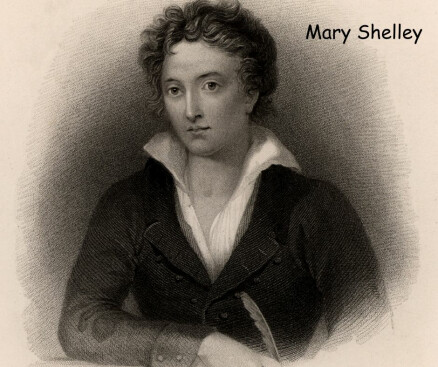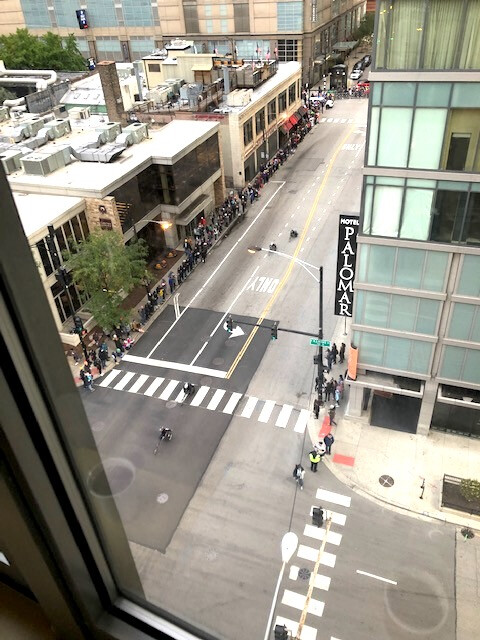Ten Modern Christians 3: Mary Shelley

Let me begin with a confession- Mary Shelley wasn’t much of a Christian. But she expressed a deeply Christian idea, one that was against the grain of the culture on the day. And she is a kind of secular prophet yet more urgently now than even in her time. What do I mean?
Mary was a young writer, a literary bohemian, in the early 19th century. Her husband Percy Bysse Shelley, and their friend Lord Byron, are now called ‘romantic poets.’ By this is meant not simply the erotic, but, more widely, a rebellion against the norms of society, as well as the inhumane conditions of early industrial society, which seemed isolating and desiccating. Again it is not hard to find examples closer to home, for example in the era of the hippy. They wanted to rediscover the organically connected, the primitive, the poetic. There is nothing especially Christian about all this, though it has influenced some great modern Christian writers (think Narnia and hobbits!)
But I have something more obvious in mind here, namely that Mary Shelley wrote ‘Frankenstein.’ She and her friends went on a weekend to a cottage in the country, and challenged each other to write original ghost stories before they left …. And ‘voila’ she came up with her famous novel.
You know the plot line- the hubristic scientist Victor Frankenstein wants to play God, i.e. by creating life. He assembles the parts from cadavers and adds a jolt of electricity, and his ‘Boris Karloff’ child springs to life. But as in the story in Genesis 3, the bold, over-reaching decision works death, not life. The creature wants a mate, wants his ‘father’s’ admiration, and in the end wants to track and punish the scientist. His beast won’t stay in the figurative ‘Jurassic’ pen.
Where we’re headed is clear- Mary Shelley composed the blueprint for our post-modern technological predicament. We have no issue that does not comprise the worry about our machines coming to control us. And Mary Shelley? Though not claiming to be a Christian, she applied the doctrine of original sin, the flaw deep in our lust for control, and our blindness to the reality of our being controlled. How much should we worry about AI? It’s a hard question to answer, since it won’t share with us some of the things it’s working on! ‘Frankenstein’ is for us post-moderns what scholars call an ‘origin myth,’ secular though it be.



